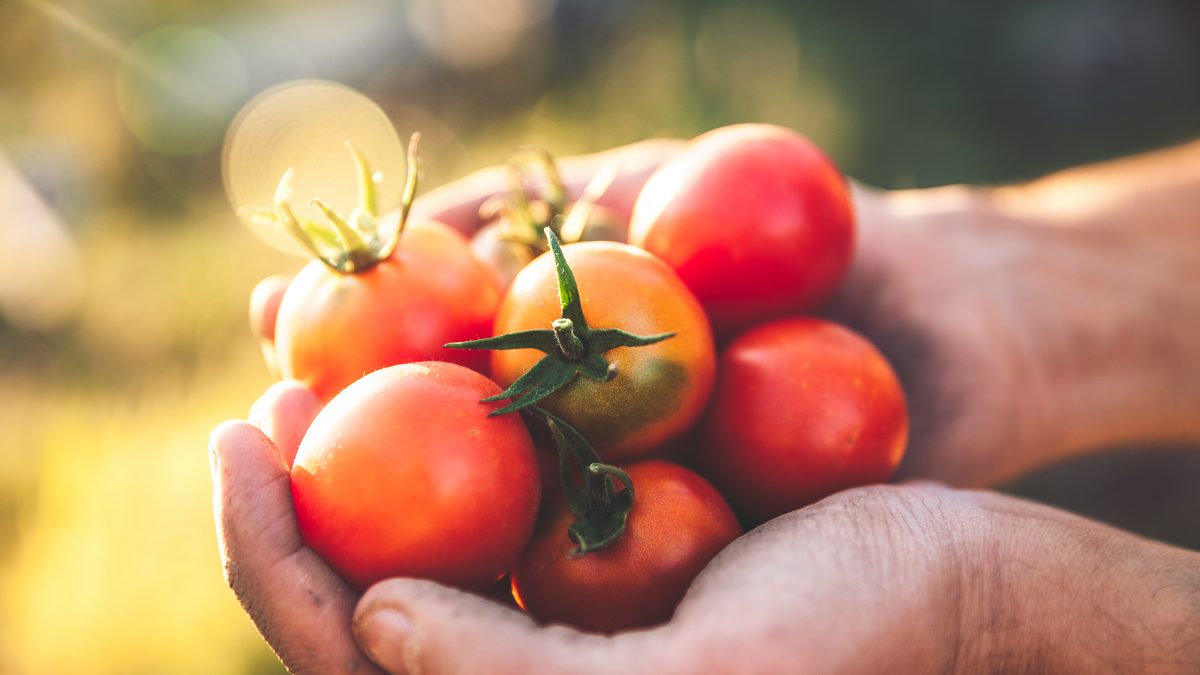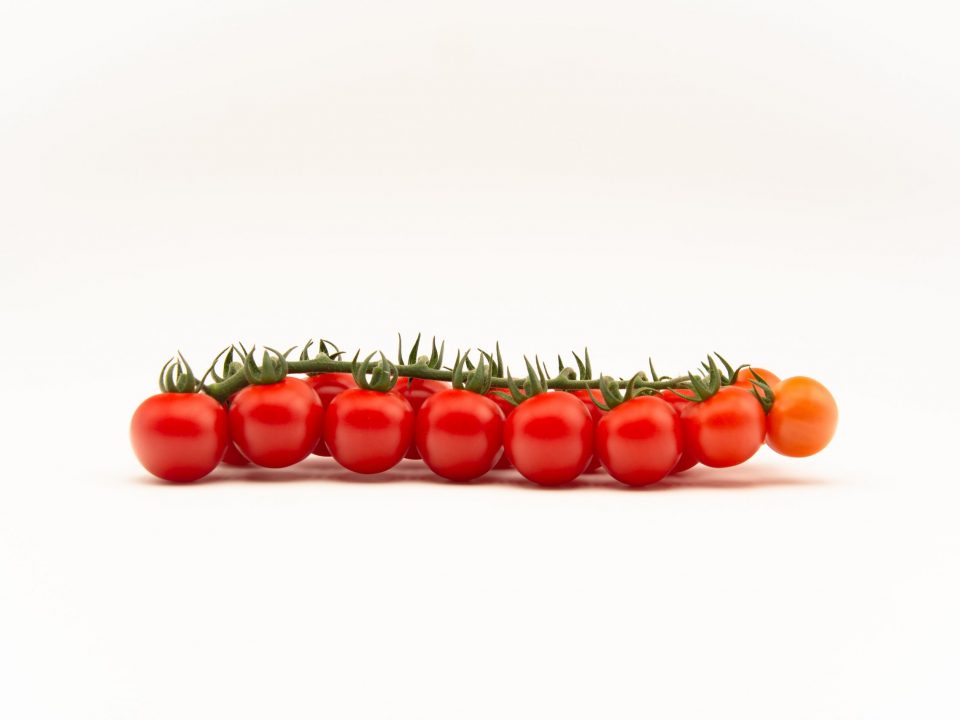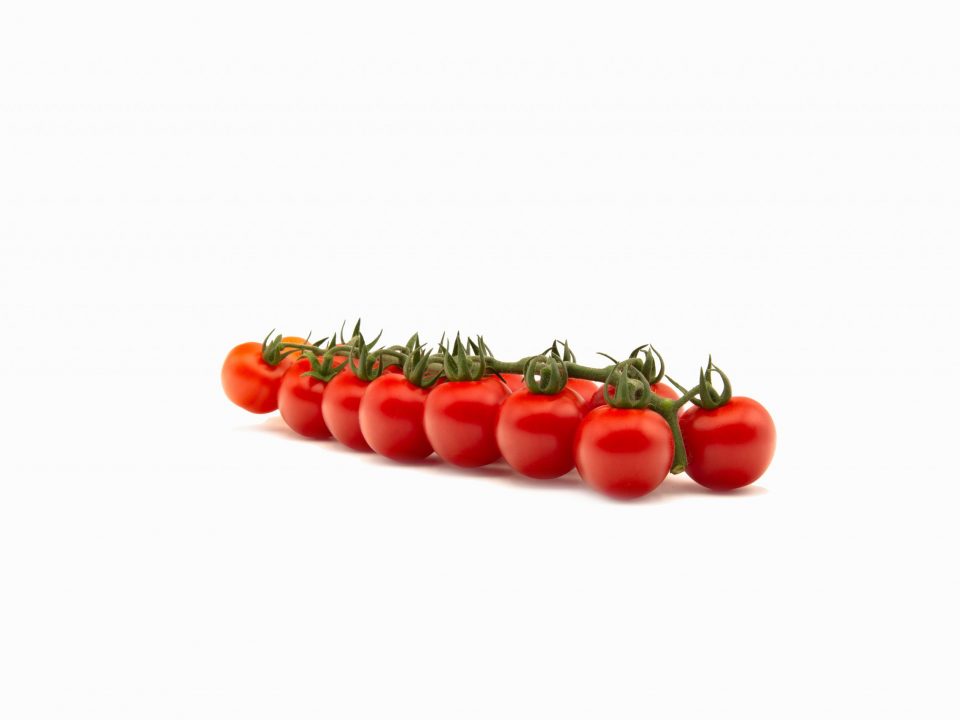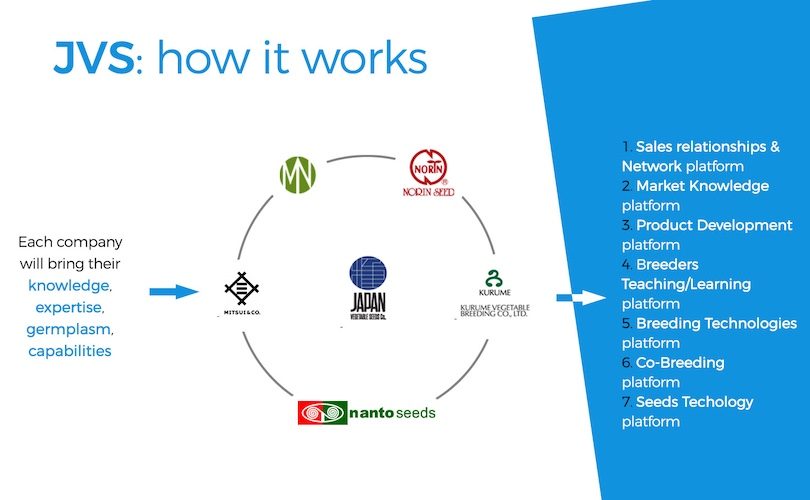
Top Seeds International, new appointment for Angel Peregrina Sanchez
February 19, 2020
Top Seeds investe in ricerca e sviluppo
February 24, 2020This year’s visit at Berlin’s Fruit Logistica in early February was again a joyous, colorful and exciting event, since the exhibition creates an encounter between people from the same field with a shared purpose – to develop and produce better, more nutritious fruits and vegetables, and at the same time to offer innovative solutions for all partners in the supply chain (from field to end consumer).
Over the past two years new trends are noticeable in product development and technologies, intended to provide answers to new requirements in the fresh produce market, which have
resulted for several reasons: Continuous population growth together with climate change demand greater food production per area unit. This reality offers a broad basis for development of technologies to protect existing crops, together with development of innovative cultivation technologies such as hydroponics, vertical growing, etc.
Increased awareness of food quality and nutritional values encourages the need to develop
products with high nutritional value, and also to brand them to attract consumers’ attention.
Sustainable agriculture – protecting the environment encourages production of iodegradable
packaging, packaging adapted to varying quantities, and development of technologies to reduce food waste.
In this article I chose to present a small number of new products exhibited at the Show by some of the companies, demonstrating some of the trends mentioned in the article’s header.
Matching varieties with consumer preferences and branding – the need for branding is reflected in seed companies and of course in production of packaging intended to support the branding process.
Origene Seeds leads in development and manufacture of products, and takes care to develop
varieties that fit each market’s taste worldwide. The company exhibited a variety of products adapted to different climates in various places worldwide, to meet market demands in Europe and the U.S. throughout the year.
For example:
Lajoya – a super sweet, medium-sized watermelon; Weighing 5-6 kg, it can fit whole in your
refrigerator, the Lajoya is suitable for open field cultivation and net greenhouses; Brazil’s marketleading seedless watermelon, exported mainly to Western Europe.
Imoji – yellow, super sweet melon with shelf life that meets growers’, retailers’, and consumers’ needs alike. Its extended shelf life means that growers can harvest it in stages, rather than all at once. The Imoji’s crispiness makes it popular in Spain, since the Spanish like their melons crunchy. As part of increasing demand for organic produce, Hishtil exhibited a large variety of organic herb plants for home cultivation. In addition, they exhibited several varieties with unique properties and variable resistance.





